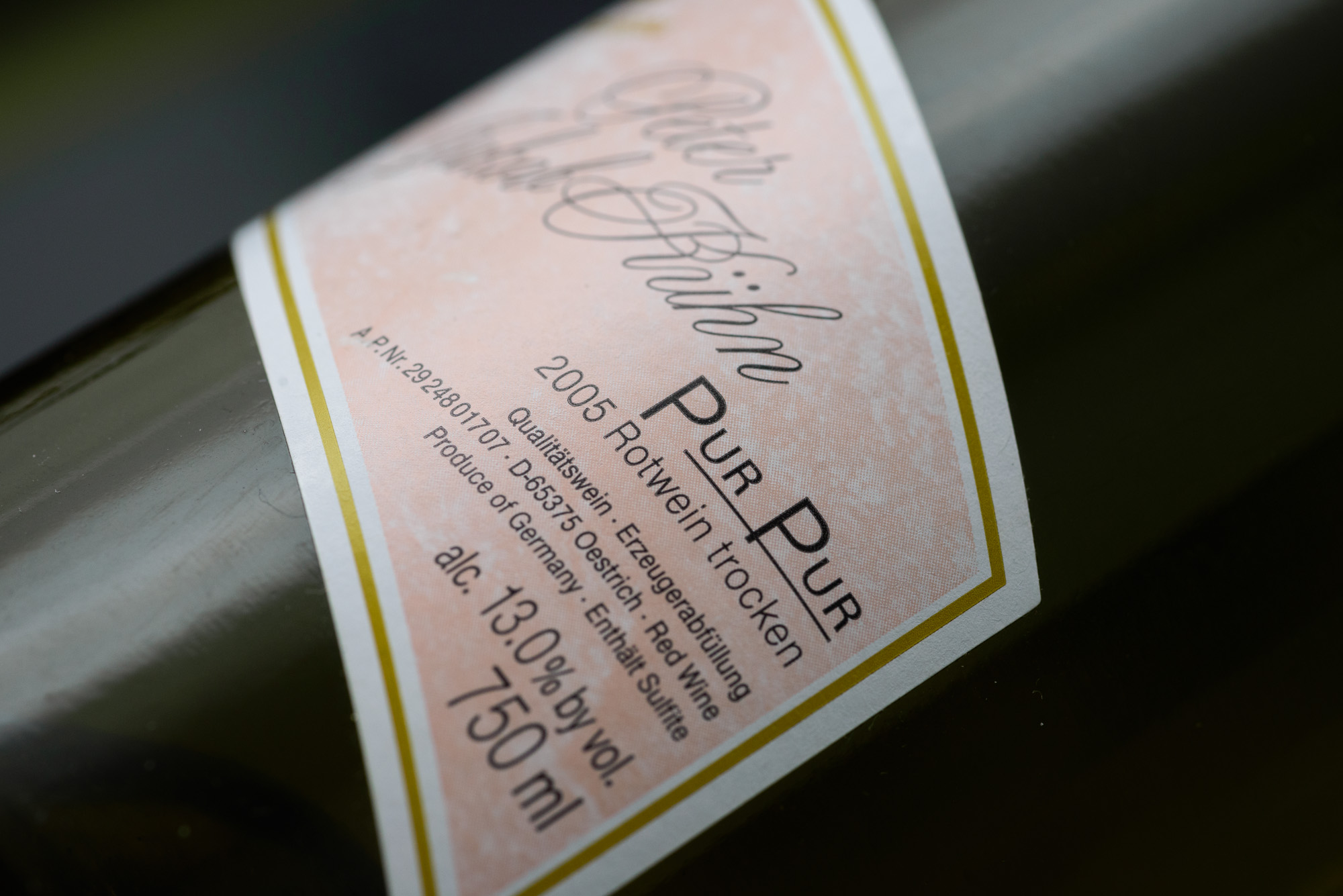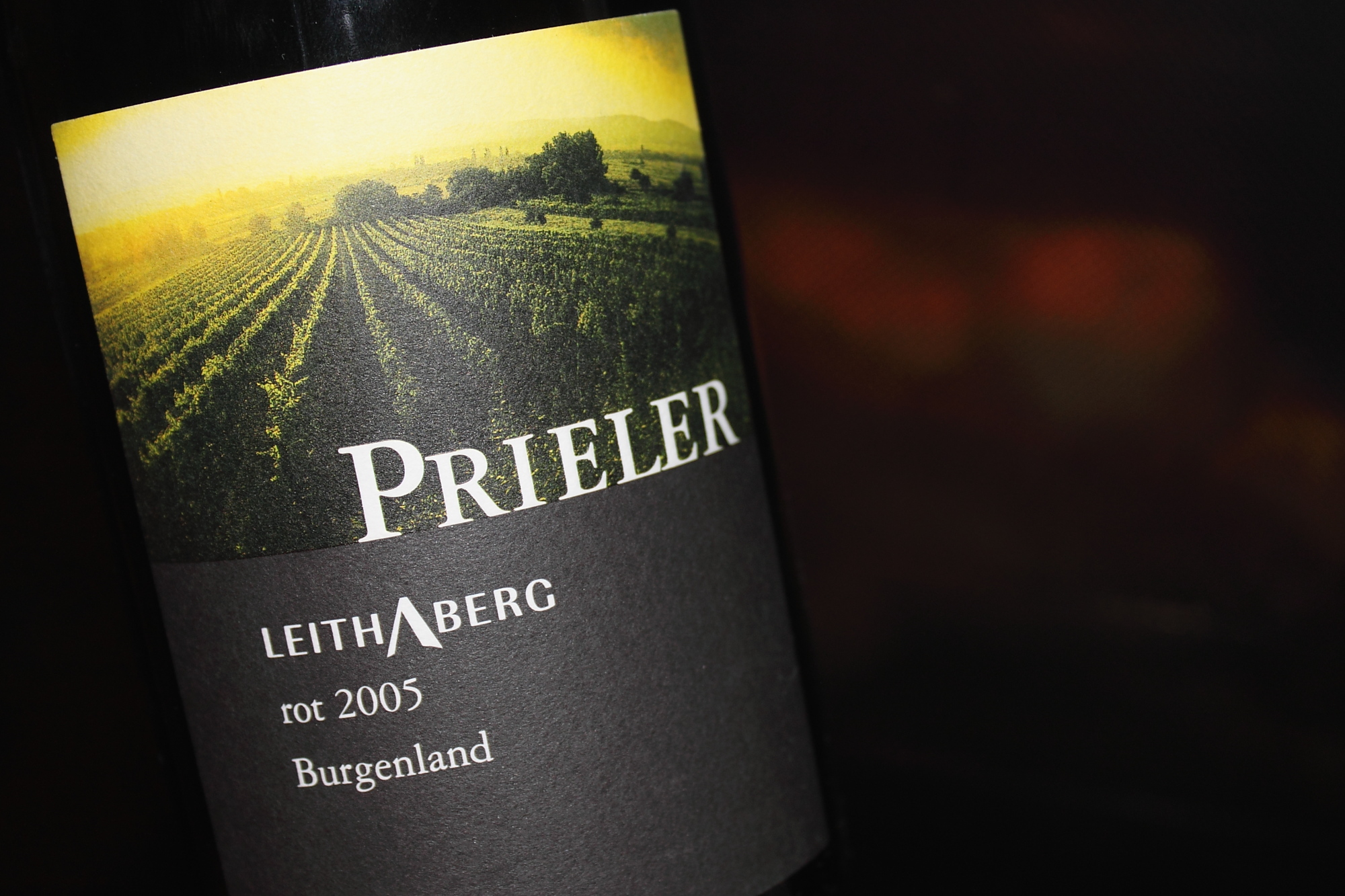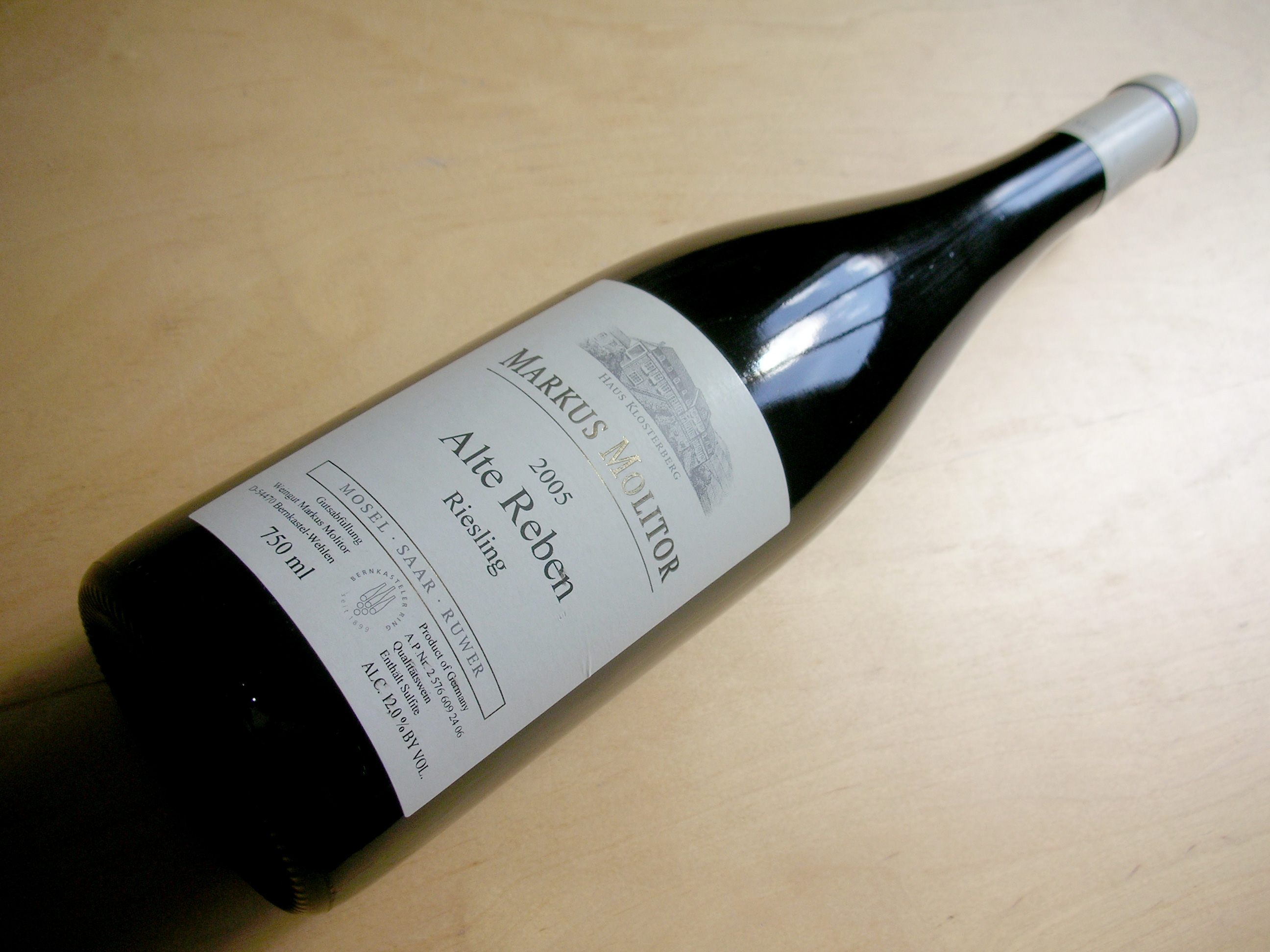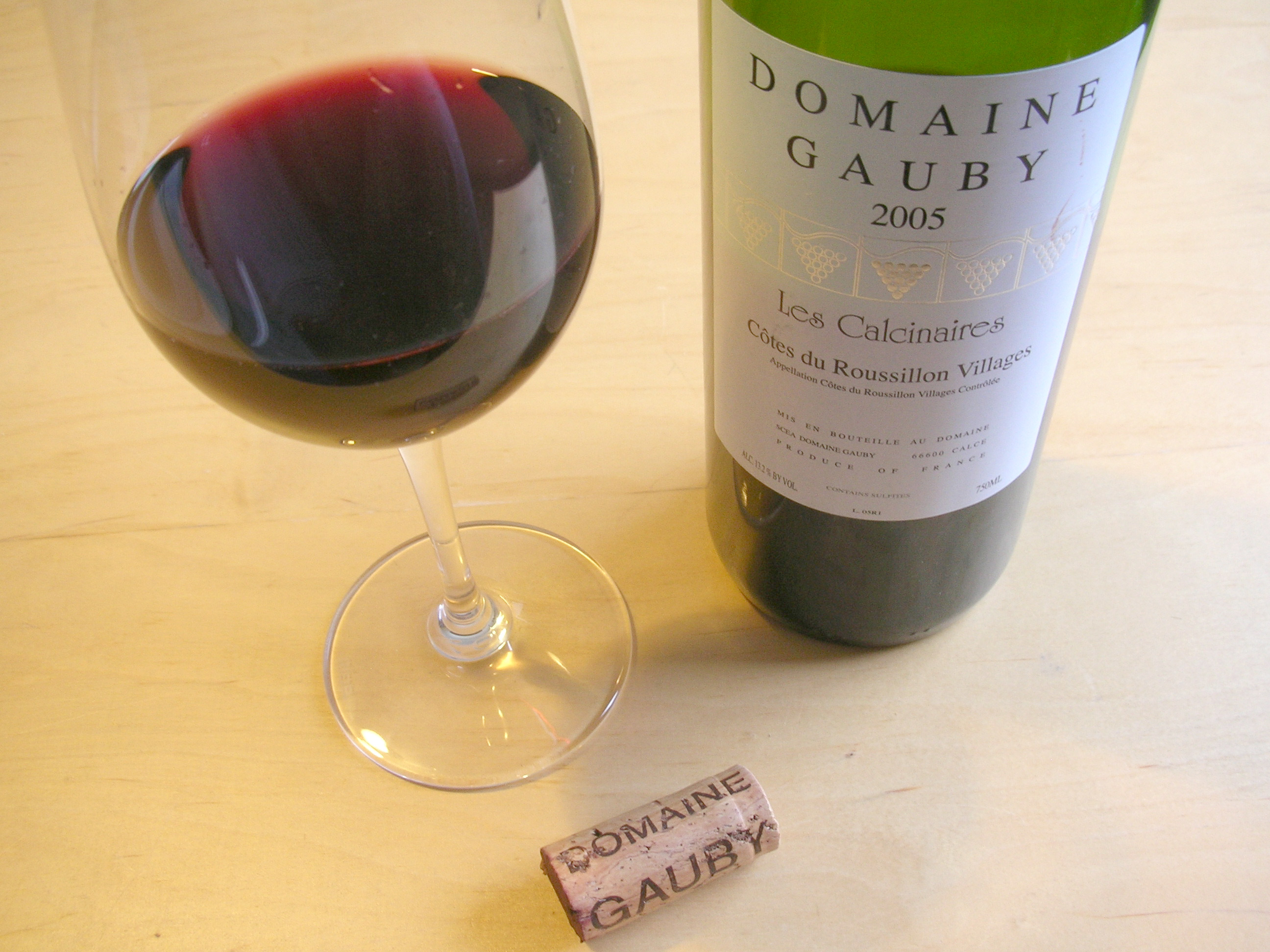Peter Jakob Kühn, Pur Pur, 2005
Ever heard of Dunkelfelder? If not don't be alarmed - if I wasn't such a German wine nerd I probably had not heard of it either. It is a rare grape variety that doesn't have the best reputation, but it does have one of the coolest alternative names in wine classification: "Froelich V 4-4". Well, if you like to name your grapes after super weapons perhaps. Leaving unusual names aside, Dunkelfelder is one of the varieties that went into the 2005 vintage of "Pur Pur", and so eventually into my wine glass.

Is the Dunkelfelder wine a secret weapon or yet another of these German oddities we sometimes write about?







 So here's to exploring new things, for the bold ones who actually venture there, and for the armchair wine snobs who prefer the safer route to try them with pasta and tomato sauce first.
So here's to exploring new things, for the bold ones who actually venture there, and for the armchair wine snobs who prefer the safer route to try them with pasta and tomato sauce first.
